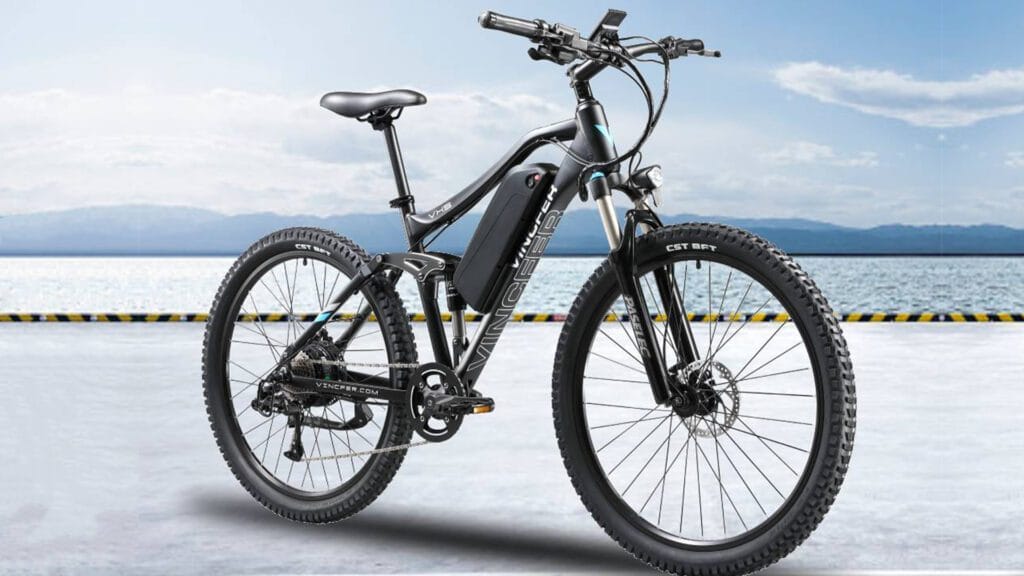E-bikes, also referred to as electric bikes, have garnered substantial popularity in recent times as a mode of transportation for city commutes and outdoor adventures. But what exactly is an e-bike, and where did they come from? In this article, we’ll dive into the brief history of e-bikes and what they are.
What is an e-bike?
An e-bike is a bicycle that is equipped with an electric motor to assist with pedaling. The motor is powered by a battery and can be controlled through a handlebar-mounted display or throttle. E-bikes come in a variety of styles, including road bikes, mountain bikes, and commuter bikes, and can be used for everything from commuting to work to off-road adventures.
Brief history of e-bikes
The history of e-bikes dates back to the late 1800s when inventors were experimenting with electric-powered bicycles. However, it wasn’t until the 1990s that e-bikes began to gain popularity, primarily in Europe and Asia.
In the early days, e-bikes were heavy and cumbersome, with limited battery life and range. But as technology improved, so did the design and performance of e-bikes. Today’s e-bikes are lightweight, sleek, and efficient, with longer battery life and more advanced motor systems.
E-bikes have also become more affordable in recent years, making them accessible to a wider range of people. In fact, the global e-bike market is expected to reach $23.83 billion by 2025, driven by factors such as urbanization, increasing traffic congestion, and a growing awareness of environmental issues.
Benefits of e-bikes
There are many benefits to riding an e-bike, including:
- Health: E-bikes provide a low-impact workout and can help improve cardiovascular health.
- Convenience: E-bikes can be used for commuting, running errands, and exploring new areas.
- Environmentally friendly: E-bikes produce zero emissions and can help reduce traffic congestion.
- Cost-effective: E-bikes are cheaper to operate than cars and require less maintenance than traditional bicycles.
Conclusion
In summary, an e-bike is a bicycle equipped with an electric motor to assist with pedaling. The history of e-bikes dates back to the late 1800s but didn’t gain popularity until the 1990s. Today, e-bikes are lightweight, efficient, and affordable, with many benefits for riders, including improved health, convenience, and cost-effectiveness.

